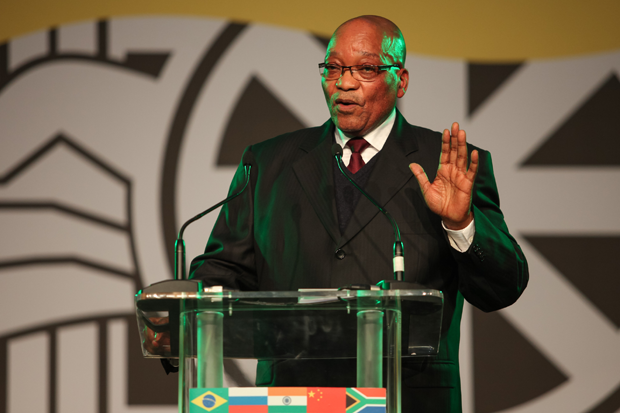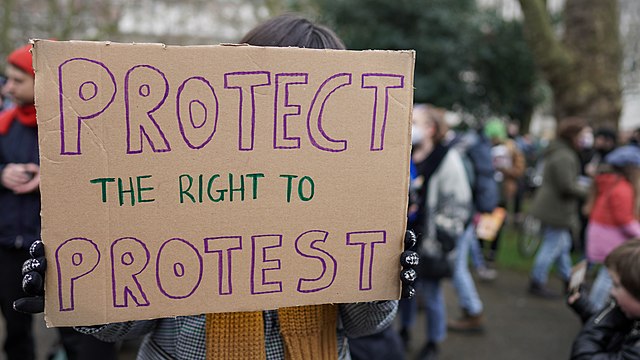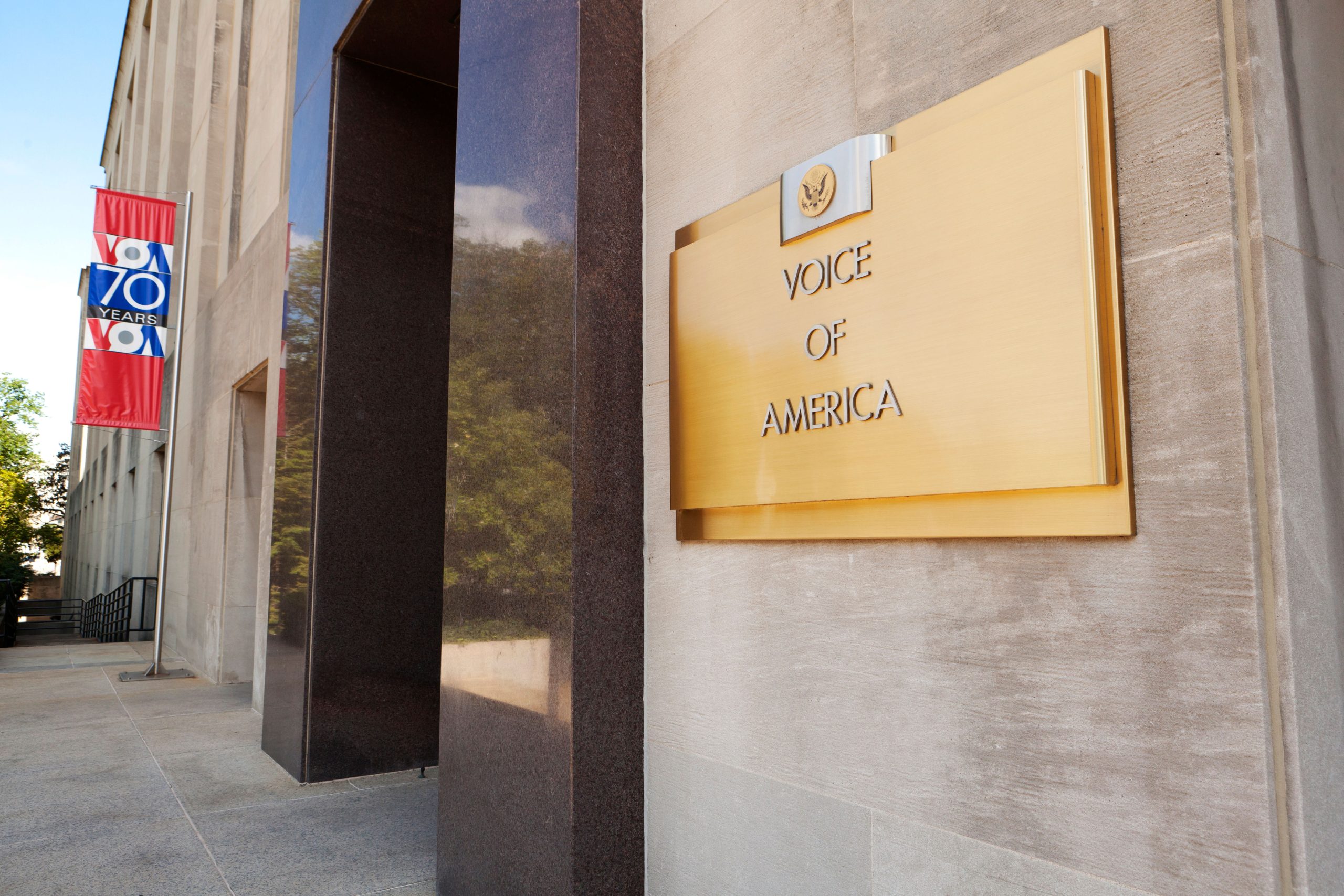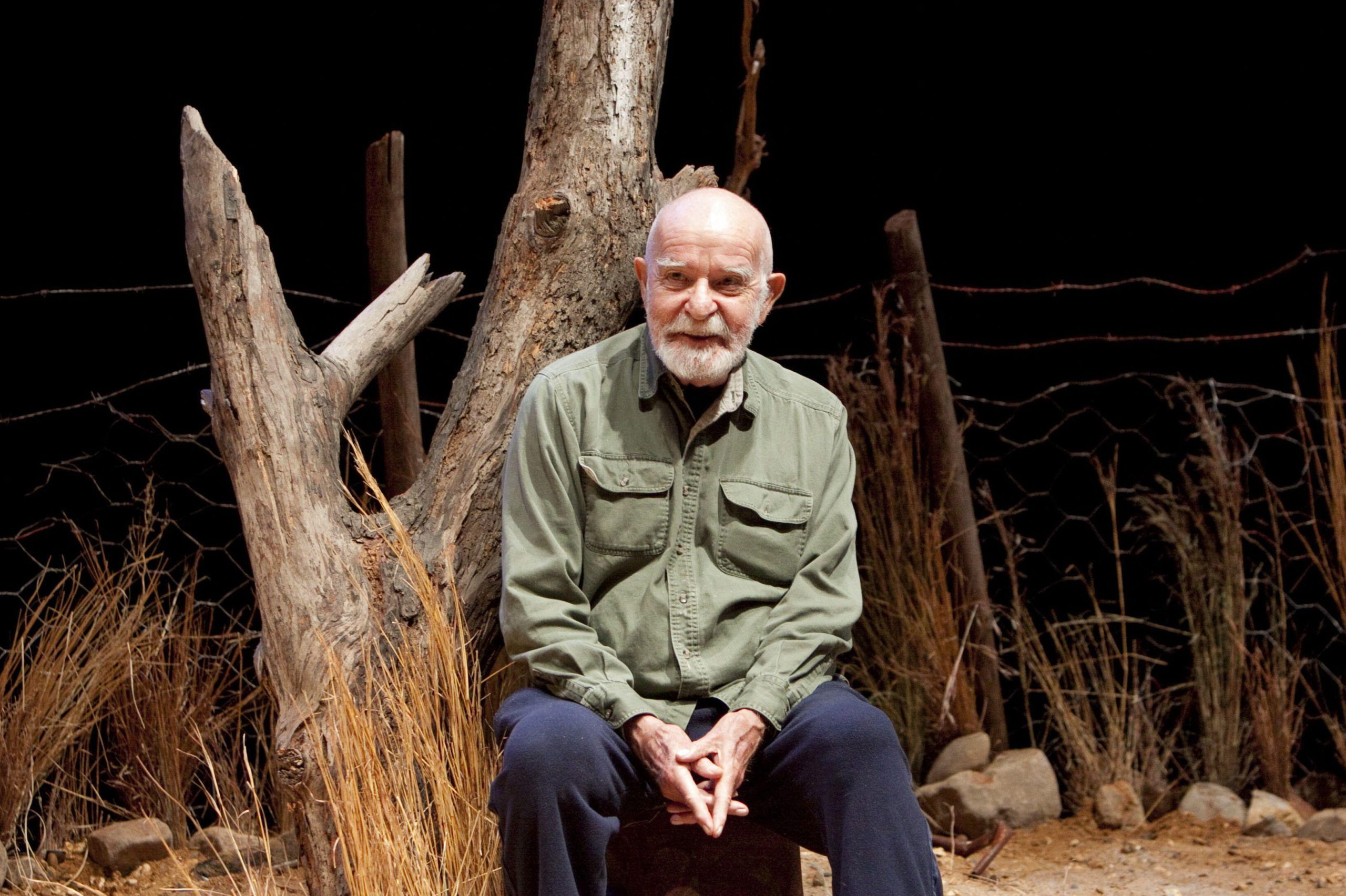Rumours in the run-up to South Africa’s fifth democratic election that a “ministry of propaganda” was planned, have come to fruition as the formation of a new “ministry of communication” has been announced. The reasons for this development could be found in the results of the 8 May national and provincial elections, which returned the African National Congress (ANC) to power but, as predicted by the party’s own research, with a reduced majority – from 65.9% to 62.1%.
The party experienced its primary electoral setbacks in metropolitan areas, particularly Johannesburg and the capital Tshwane (Pretoria), both situated in the province called Gauteng, which means “place of gold” in the local Sesotho language – aptly so, as Gauteng is the economic heartland of the country.
ANC provincial votes in Johannesburg came to 52% while provincial votes for the ANC in Tshwane dipped to 49%, both cases a decline of 10% from the previous election in 2009. It was left to the more peripheral cities to pull the ANC through in Gauteng. Another large city, Nelson Mandela Bay in the Eastern Cape, came in below 50% again, just as it had done in 2009. Notably, the ANC received its usual high percentages of votes in the predominantly rural provinces of Mpumalanga, Limpopo, Free State and KwaZulu Natal, which clocked between 64% and 78% in turnout for the ANC.
This discrepancy in ANC support between metropolitan and rural areas could be explained with regards to access to media. The residents of Tshwane and “the Afropolitan city” of Johannesburg (as some scholars call it) have several options when it comes to accessing information and news opinion. Apart from the public broadcaster’s TV and radio stations, there is a range of privately owned media to choose from: from newspapers and radio stations owned by competing media companies, to various online news sources, to social media in the form of blogs, Twitter and Facebook.
This would indicate the political need for the creation of a ministry particularly aimed at controlling the flow of information, especially as local government elections are due to take place in two years’ time, with the ANC running the risk of losing control of the most significant metropolitan areas in the economic centre of South Africa. The ANC’s poor performance in Gauteng can be attributed to various controversies concerning its leader Jacob Zuma, who has been the president of South Africa since 2009. These controversies range from the introduction of a road tolling system in Gauteng without proper public consultation to Zuma being implicated in massive misappropriation of state funds spent on his private homestead in the rural hinterland of KwaZulu Natal. Combine these events with Zuma’s status as self-proclaimed traditionalist who frowns upon women’s emancipation and gay rights, it would seem that the president was a liability that cost the ANC votes in Gauteng.
While these controversies are debated in Gauteng media, voters in the more rural provinces found themselves mostly beholden to officially sanctioned news from the South African Broadcasting Service (SABC). The SABC has been immersed in successive battles for political control which reflect the factional conflicts within the ruling ANC. Political interference in the SABC has become a feature of the Zuma presidency.
During the 2014 election campaigns, the SABC banned no less than three opposition party advertisements even though it is legally compelled to ensure fair exposure of all political parties in the run-up to elections. The reasons were spurious. For example, the SABC claimed that footage showing and criticising excessive police force amounts to inciting violence against the police. Appeals to the Independent Communications Authority of South Africa (Icasa), constitutionally mandated to oversee the SABC, failed. The affected political parties – the Democratic Alliance and the Economic Freedom Fighters – took to YouTube to ensure public exposure of the ads – with ads going viral.
The new ministry of communication seems a direct intervention to stem negative publicity. Polls show that Zuma has become a liability to his party. He is however just one factor influencing the growing impression that the ANC is failing in its task to overturn the legacy of apartheid. The party’s response has been to further tighten control over the flow of information – a trend that includes the adoption of the Protection of State Information Act, which seeks to clamp down on journalists and citizens generally accessing state information that reveals government corruption or incompetence.
In Zuma’s announcement of his new cabinet after the election, the erstwhile ministry of communications has been split into two: a ministry for telecommunications and postal services and a ministry for communications. The latter, he said, would be responsible for overarching communication policy and strategy, information dissemination and publicity as well as the branding of the country abroad. Improved communication and marketing will promote an informed citizenry and also assist the country to promote investments, economic growth and job creation.
This conflation of marketing and branding with information dissemination, all for an “informed citizenry”, is further strengthened by the “components” that the ministry would be “formed out of”:
- Icasa
- SABC
- Government Communications and Information System (GCIS)
- Brand SA and
- Media Development and Diversity Agency (MDDA)
As mentioned, the SABC’s constitutional mandate is to act as a public broadcaster, which includes being politically unpartisan. Similarly, Icasa is constitutionally mandated to act independently. The MDDA Act clearly states this body’s functions as impartially and independently promoting the diversification of the media. Lumping together marketers and government communicators with journalists and bodies responsible for promoting access to information suggests that the new ministry represents a more concerted attempt to obviate the country’s constitutional commitment to the “freedom to receive or impart information or ideas”.
This article was published on June 11, 2014 at indexoncensorship.org





